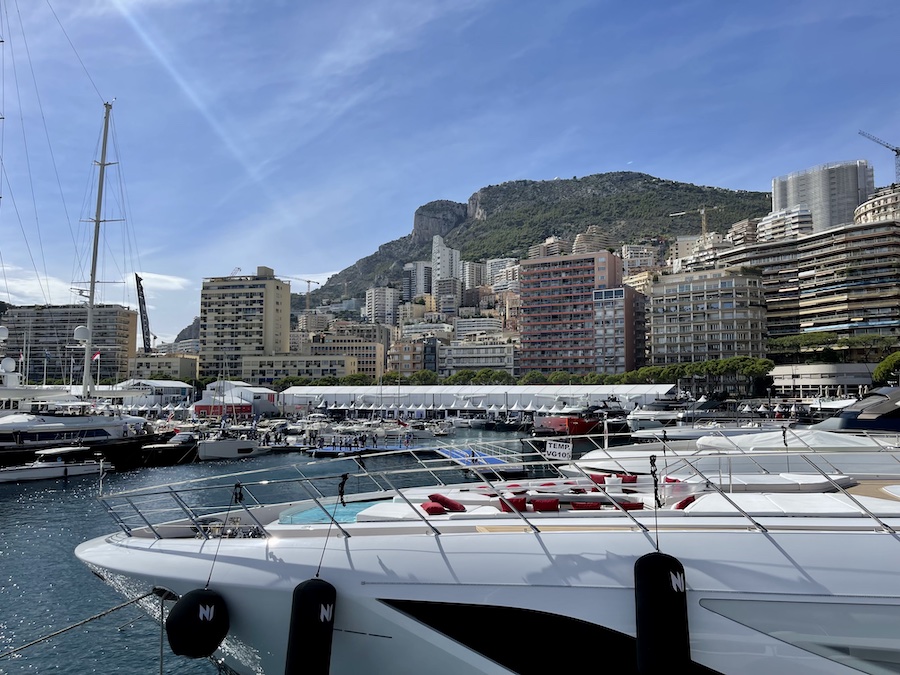The world’s highest profile yacht show is paving the way for a more sustainable future with the MYS Carbon Neutrality Transition Plan.
Aside from its annual showcase of the world’s most beautiful and stylish superyachts, the Monaco Yacht Show (MYS) has also long been a stage for innovation, particularly with an eye to sustainability and environmentally-conscious technologies.
Now MYS is taking that commitment one step further with the announcement of a three-phase Carbon Neutrality Transition Plan that will lower the show’s carbon footprint dramatically.
THE GOALS
MYS organisers used the data collected from last year’s event to calculate the overall carbon footprint left not just by the show itself, but that of visitors, service providers, exhibitors and the yachts themselves. This information has allowed a “big picture” view of the show and its emissions, and helped organisers in setting out their objectives.
In a webinar held on 21st June, organisers brought together suppliers and exhibitors to explain how the new Carbon Neutrality Transition Plan is going to work.
The idea is to roll out the programme in three phases, to allow their working partners time to join them on their path to making the show the most sustainable in the world. Central to this is the goal of reducing CO2 emissions by 60% by 2025, compared to 2022 levels.
This is line with the Principality’s own goals of becoming carbon-neutral by 2050.
Phase 1 of the Carbon Neutrality Transition Plan is to lessen emissions via systems and practices the show is directly in control of. One of the biggest culprits is air conditioning, which amounted to 48.5 tonnes across the four-day event in 2022, so by reducing reliance on these massive cooling systems, the show will be able to make considerable headway on its aims.
Phase 2 will consider indirect emissions from water usage and electricity, which are surprisingly low for such a large event. The water usage amounted to 0.1 tonnes of related carbon emissions and 2.4 tonnes for electricity.
Phase 3 will be trickier as it involves activities outside the direct control of the MYS, and includes sectors such as waste, transport, suppliers and exhibitors.
This was by far the most carbon-heavy group, with the extrapolated data showing that the biggest polluters were exhibitors, who generated 77 tonnes of CO2, which is roughly the same as driving a diesel car 620,000 kilometres. Service providers came in next at 39 tonnes, which is the same as the power needed to run a television set for 741 years.
Visitors added 6,608 tonnes, waste contributed five tonnes, and employees just one tonne. Though smaller figures, they do add up and demonstrate the need for everyone to actively work towards reducing their output in order to make the MYS as environmentally responsible as possible.
During the webinar, MYS organisers emphasised the need for collaboration if the show is to reach its goals, and reminded partners that demonstrating sustainability in practice can help build the future of business for the yachting industry and beyond.
Sign up for the Monaco Life newsletter. For the latest news, follow us on Facebook, Twitter, Instagram and LinkedIn.
Photo by Monaco Life
